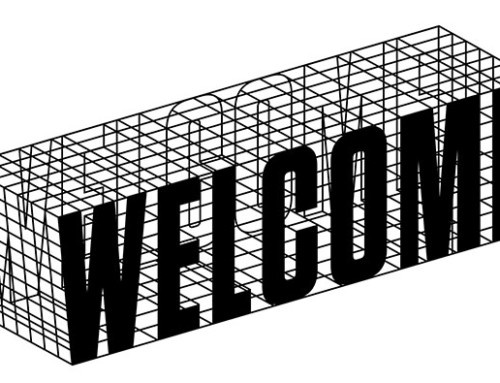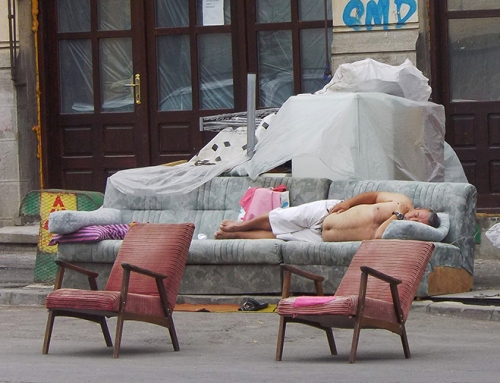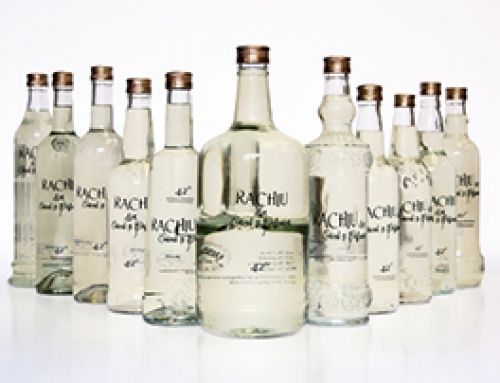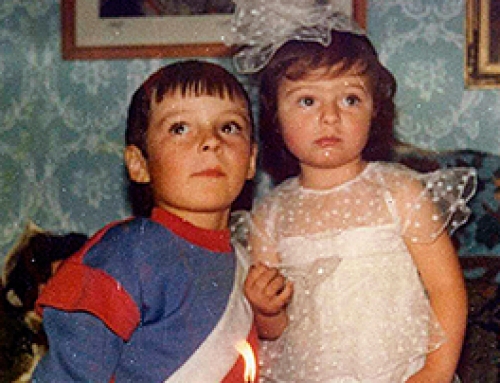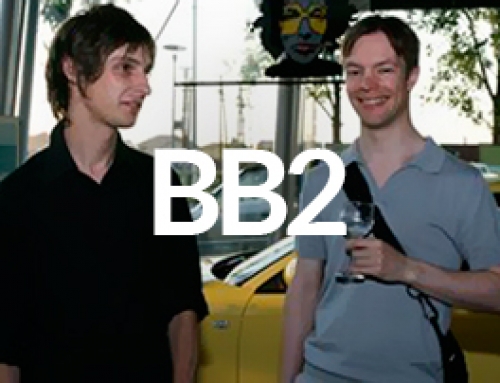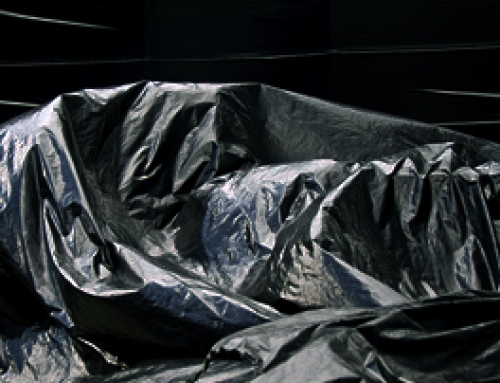Calina Gallery/ Strada Marasesti nr. 1-3 / Timisoara / RO.
13 December 2013 – 31 January 2014
Ciprian Homorodean presents a body of works that, despite their diversity, delineate accurately the path of this young artist. Homorodean uses different media to approach his subject matter, steadily building a coherent esthetic vocabulary. His training as a sculptor is noticeable in his works, as is his grasp of the Beuysian notion of “social sculpture”. He reconciles successfully the conceptual and visual components of his projects, tending equally to form and content. His works are deeply rooted in personal experience, bringing into play childhood memories and observations together with actions and perceptions arising from his present daily life. This explains why he often smudges the boundaries that separate real life from art.
Homorodean’s interpretation of the world, however, is not the main subject in his art. Nor are the single events that have inspired him so far. His focus is not on anecdotes but on patterns; his works bring into view stereotypical figures and situations, human categories, circumstances and stories we’re all familiar with, even if from afar. In a manner reminiscent of the 19th century caricaturist Honoré Daumier, irony occupies a central place in his approach of art. He’s not afraid to put the finger on the wound, but Homorodean manages to temper the French artist’s bitterness, replacing it with empathy and a good dose of self-derision, occasionally introducing himself within the work in order to incarnate the very target under “attack”. Several of his works emphasize his irreverent slant and his use of humor as a necessary escape valve for the underlying feeling of despair that is at hand.
The debate concerning the disruptiveness of concepts that art employs to legitimize its position, be it self-directed, or submissive – in Jacques Rancière’s interpretation – that defines the political art, on one side, as a policy of “autonomy” (the artists’ struggle to be recognized as practitioners of an autonomous discipline, with the entitlement for a privileged position, detached within the society) and on the other side, a policy of “heteronomy” (the battle of art itself, yet, to fusion with the social reality, to consume the society as a compliant material that can be organized according to artistic conventions) is a protracted process. Or as he himself notes, “a critical art is (…) a precise negotiation (…) this negotiation must hold on to some of the tension pushing the aesthetic experience towards the reconfiguration of collective life and to some of the tension pulling out the force of aesthetic sensitivity from different realms of the experience, as well as the eternal undulation of the artist to be sometimes inside the social, sometimes outside it, according to the benefits/contexts, it introduces the idea of a discontinuity alongside the social which permits the creation of ruptures.”
Somewhere action must appear in direct relation to its antonym: non-action. Tracing Hegel back, it can be stated that knowledge and action cannot be dissociated and from this perspective reality has completely the characteristic that Kant had conferred to life and art only, that purposeless finality that merges action and knowledge. The method to analyse reality is not pure logic, the classic one, but the dialectic, aimed to reveal opposing sides, and history, which records the evolution of things in the contradictions pressured reality.
Fusing the banal and the strange, the solemn and the frivolous, the reasonable and the absurd, Ciprian Homorodean explores the esthetic, poetic incoherence of human society in everyday life. Through art, he composes a hyperbolic, yet honest, image of our social fabric, presenting us with a portrait of our collective experience that is, ultimately, profoundly political and universal.
Ciprian Homorodean shows that contemplation is not an action. It is expectation as an action, societal regress, individual indifference. He shows us that the transition from the contemplation of a situation, from its representation, to constructing situations must be undertaken immediately, without further delay. Conversely, we will contemplate a condemned society.
Răzvan Ion & Rose Marie Barrientos
# download Move Along, Nothing to See Here / pdf. version (804kb)[/fusion_text]
Rose Marie Barrientos is an art historian, writer and lecturer. She co-founded Art & Flux at Sorbonne University – Paris 1, a research platform specialized on the links connecting art with economic history and phenomena. She was associate editor of ICONomix, a publication on the same subject and she spent several years as program officer at ICOM (International Counsel of Museums), a UNESCO branch. Barrientos currently lives in Barcelona where she is writing a book series on art and economy intended for a larger audience and professionals alike. She is also an independent consultant for artists, curators, and institutions operating in her field of expertise.


